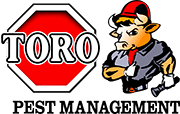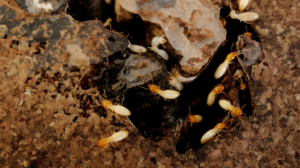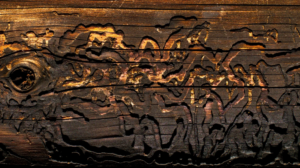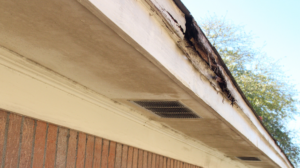Ghost ants, aptly named for their nearly invisible appearance, can be a silent menace in our homes. Despite their small size, the impact of their presence can be significant, requiring a keen eye to decode the signs of their invasion. This article aims to illuminate the subtle signals that indicate the presence of ghost ants and provide insights into their mysterious world.
Physical Characteristics
- Translucent Bodies: One of the defining features of ghost ants is their pale, almost transparent coloration, making them hard to spot against light backgrounds.
- Size Matters: Their diminutive size allows them to slip through cracks and crevices unnoticed, invading homes without a trace.
Behavioral Signs
- Foraging Trails: Ghost ants are known for forming long foraging trails from their nest to food sources. These trails are often a homeowner’s first clue to an infestation.
- Preference for Sweets: A sudden appearance of ants around sweet substances in your home can indicate ghost ants. They are particularly attracted to sugar, honey, and syrup.
Environmental Clues
- Moisture Attraction: Increased ant activity in moist areas of the home, such as kitchens and bathrooms, can signal a ghost ant problem.
- Nesting Sites: While ghost ant nests are challenging to locate due to their preference for hidden spaces, signs of nesting can include small piles of dirt or debris in secluded areas.
Impact of Their Presence
- Contamination: Ghost ants can contaminate food and surfaces as they forage, posing health risks.
- Colony Spread: A unique aspect of ghost ant behavior is their ability to split their colony and spread throughout a building, making them a persistent issue once established.
Understanding Their Invasion Tactics
- Entry Points: Ghost ants can enter homes through the tiniest openings, often undetected. Regular inspections for potential entry points can help in early detection.
- Adaptability: Their ability to adapt to various environments makes homes an ideal habitat for ghost ants, providing them with food, moisture, and shelter.|
Recognizing the subtle signs of a ghost ant invasion is crucial for timely intervention. By understanding their physical characteristics, behaviors, and the environmental clues they leave behind, homeowners can better prepare to address the challenge these tiny intruders pose. Awareness and preventive measures can go a long way in mitigating the impact of ghost ants, preserving the sanctity of our living spaces.









